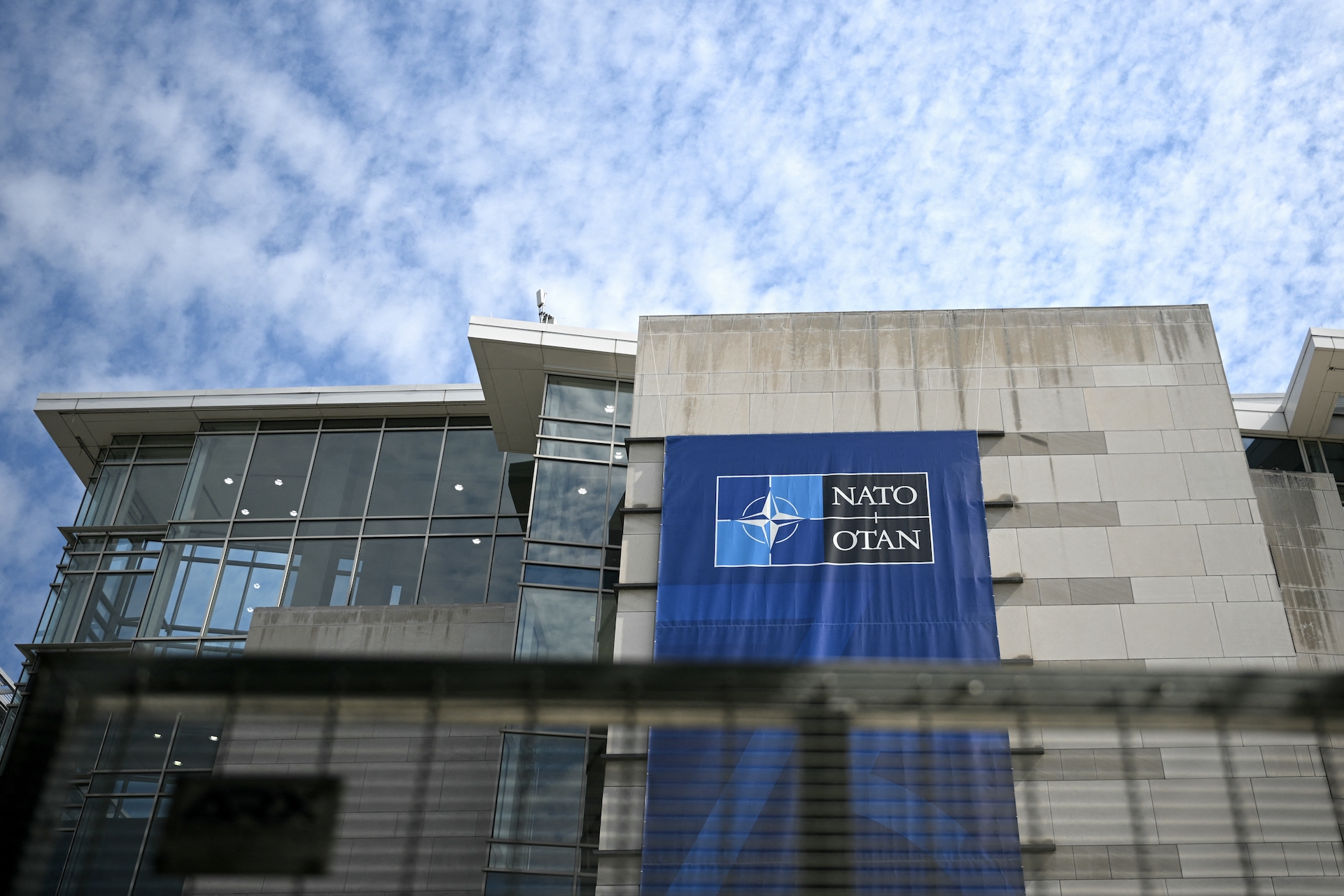The Evolving Role of NATO

NATO’s role has evolved significantly since its inception in 1949. The organization was initially established to counter the threat of Soviet expansion in Europe during the Cold War. However, with the collapse of the Soviet Union in 1991, NATO’s mission has shifted to focus on new security challenges, such as terrorism, cyberattacks, and regional conflicts.
NATO has also expanded eastward since the end of the Cold War, adding new member states in Central and Eastern Europe. This expansion has been controversial, with some critics arguing that it has increased tensions with Russia. However, NATO officials argue that expansion is necessary to ensure the security of all member states and to prevent the re-emergence of conflict in Europe.
In addition to its traditional role in European security, NATO has also become increasingly involved in global security challenges. The organization has deployed troops to Afghanistan, Libya, and Kosovo, and it has provided training and assistance to partner countries in Africa and the Middle East. NATO’s involvement in these regions has been criticized by some, who argue that it is overstepping its mandate. However, NATO officials argue that the organization is playing a vital role in promoting stability and security around the world.
NATO’s Expansion Eastward, Nato summit washington dc
NATO’s expansion eastward has been a major source of tension between the organization and Russia. Russia views NATO’s expansion as a threat to its security and has warned that it will take steps to protect its interests. NATO officials, on the other hand, argue that expansion is necessary to ensure the security of all member states and to prevent the re-emergence of conflict in Europe.
The following are some of the key implications of NATO’s expansion eastward:
- It has increased tensions between NATO and Russia.
- It has led to the deployment of NATO troops to new member states in Central and Eastern Europe.
- It has strengthened the security of NATO member states in Central and Eastern Europe.
- It has contributed to the stability of Europe.
NATO’s Involvement in Global Security Challenges
NATO has become increasingly involved in global security challenges in recent years. The organization has deployed troops to Afghanistan, Libya, and Kosovo, and it has provided training and assistance to partner countries in Africa and the Middle East. NATO’s involvement in these regions has been criticized by some, who argue that it is overstepping its mandate. However, NATO officials argue that the organization is playing a vital role in promoting stability and security around the world.
The following are some of the key benefits of NATO’s involvement in global security challenges:
- It helps to promote stability and security around the world.
- It helps to prevent the spread of terrorism.
- It helps to build partnerships between NATO and non-NATO countries.
- It helps to strengthen the global security architecture.
Security Challenges and Defense Strategies: Nato Summit Washington Dc

Nato summit washington dc – NATO confronts a multifaceted array of security challenges, including hybrid warfare, cyberattacks, terrorism, and regional conflicts. To counter these threats, NATO has adopted a comprehensive defense strategy encompassing both conventional and nuclear capabilities. This strategy leverages technology and innovation to enhance situational awareness, improve decision-making, and strengthen interoperability among member states.
Conventional Capabilities
- Enhanced conventional capabilities, such as advanced air defense systems, armored vehicles, and precision-guided munitions, bolster NATO’s ability to deter and respond to aggression.
- The NATO Response Force (NRF) provides a rapidly deployable multinational force capable of responding to crises anywhere in the Euro-Atlantic area.
- Cybersecurity measures protect NATO’s critical infrastructure and information systems from malicious attacks.
Nuclear Capabilities
- NATO’s nuclear deterrent remains a cornerstone of its defense strategy, providing a credible threat of retaliation against any potential aggressor.
- The Alliance’s nuclear arsenal is composed of a mix of land-based, sea-based, and air-based systems, ensuring flexibility and survivability.
- NATO maintains a policy of “minimum deterrence,” aiming to possess only the minimum nuclear forces necessary to deter potential adversaries.
Technology and Innovation
Technology and innovation play a crucial role in NATO’s defense posture. Artificial intelligence (AI), big data analytics, and autonomous systems enhance NATO’s ability to:
- Detect and track potential threats in real time.
- Improve situational awareness and decision-making through advanced data analysis.
- Enhance interoperability among member states by standardizing communication and data-sharing protocols.
At the recently concluded NATO summit in Washington, DC, President Joe Biden’s leadership was a central focus. For more on Joe Biden news , visit our website. The summit, which brought together leaders from across the alliance, reaffirmed the enduring strength and unity of NATO in the face of ongoing challenges.
The NATO summit in Washington DC has sparked discussions on various international issues. In a recent Biden ABC interview , the president shared his views on the alliance’s future and its role in global security. As the summit continues, delegates will delve into these matters further, aiming to strengthen the alliance and address the challenges facing the international community.